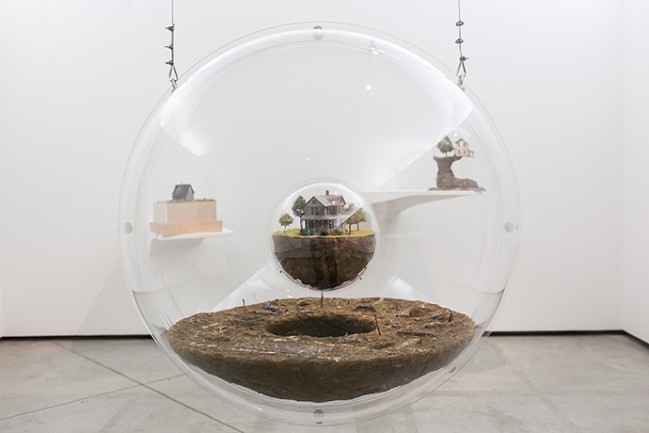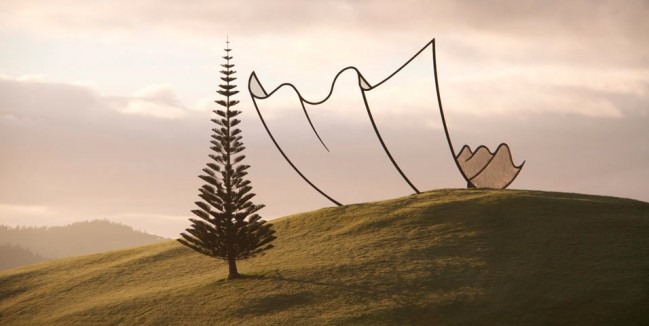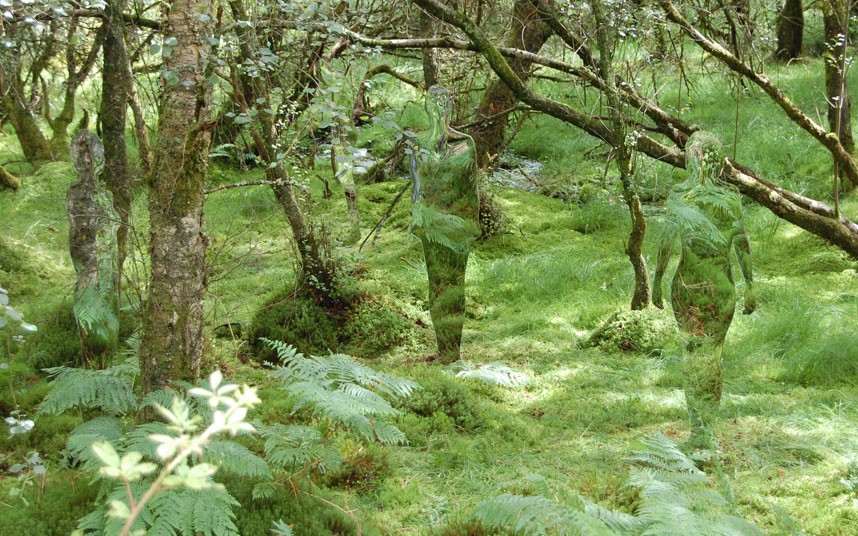
Following our story last week about artist Thomas Doyle’s miniature dystopian diaramas, we take a step further into nightmarish artistic visions, and of course, still small ones.
From Wired:
How will the world end? Will it be an asteroid, extreme climate conditions, a viral pandemic? No one really knows, which is why apocalypse scenarios are such rich territory for imaginative artists like Lori Nix. The Brooklyn-based photographer creates and then documents detailed miniature dioramas of the end times — visions of what might be left behind once humans are gone.
Constructing the dioramas is a painstaking process, and Nix completes only three in a given year. As such, she makes very conscious decisions about what scenes she conjures. Crumbling institutions of science and learning turn up often in the work and are depicted with a gratifying realism.
“I think these are incredibly important places to learn about ourselves, learn what it means to be human,” says Nix. “These institutions are telling us about our pasts so that we may avoid the same mistakes in the future. Unfortunately, we’re not listening very well.”
The Kansas-born artist gravitates to destruction in part because she is no stranger to natural disasters.
“I have been in floods, tornadoes, blizzards; and when you are a kid, your parents are there to deal with the stress, but for me it was such an adventure. My boring life became suddenly exciting,” Nix says.
One time a tornado came through her neighborhood in Topeka and destroyed the houses right next door.
“A couple of days later, I was playing in the woods, seeing all of the scattered debris. And I came upon a stove, and when I opened the oven door, there was a perfect golden ham. The tornado hit right at dinner time,” she says.
Nix started working in photography at a newspaper, but soon realized the world of breaking news was not for her. She found herself moving towards darkroom work and constructed images.
She begins her sets by first drawing the floor plan of the building, creating the color scheme, and considering mood and lighting. Then Nix and her assistant build the entire set, including trees, books, and furniture using hot glue, foam, wood, and cardboard. Finishing each tiny piece means sanding, painting, and detailing.
Finally, it’s time to light and then shoot the scene with her 8×10 camera — Nix makes the sets to be seen by the camera from one viewpoint. When Nix showed the actual dioramas to the curator at the Museum of Art and Design in New York, she had to explain that she never intends to make models viewable from any angle. The edges remain unfinished.
“You could see the pink foam and the hot glue, but that is how we work,” she says.
Nix does not use Photoshop, and instead proofs her images as contacts and then as mural prints to look for any flaws. Once she is satisfied, she shoots an extra sheet of film and then takes apart the diorama and throws it away.
See more of Lori Nix’s apocalyptic constructions here.
Image: Circulation Desk, Lori Nix. Courtesy of Lori Nix / Wired.



